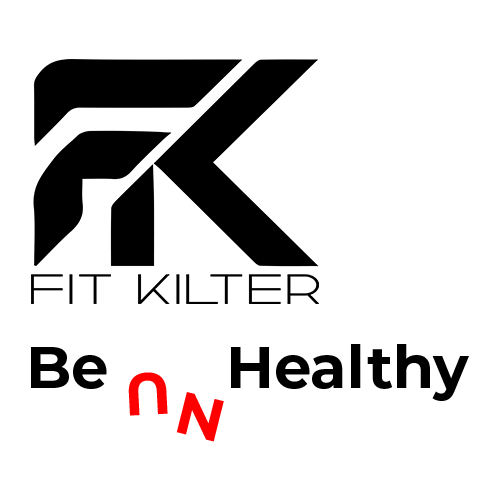Setting goals is an essential aspect of any fitness journey, providing direction, motivation, and a sense of accomplishment along the way. However, not all goals are created equal, and unrealistic or overly ambitious goals can lead to frustration, burnout, and disappointment. The key to success lies in the art of setting realistic fitness goals that are challenging yet achievable. In this article, we’ll explore the importance of setting realistic fitness goals and provide tips for doing so effectively.
Why Realistic Goals Matter:
Setting realistic fitness goals is crucial for several reasons:
- Motivation: Realistic goals are attainable, which can help maintain motivation and momentum throughout the journey. Achieving smaller milestones along the way provides a sense of progress and accomplishment, fueling further motivation to continue striving towards larger goals.
- Sustainability: Unrealistic goals, such as rapid weight loss or extreme muscle gain, often require unsustainable lifestyle changes or unhealthy practices. Realistic goals, on the other hand, are sustainable in the long term, promoting healthy habits that can be maintained over time.
- Prevention of Burnout: Pursuing unrealistic goals can lead to burnout and discouragement when progress is slow or non-existent. Realistic goals are more manageable and less likely to result in feelings of overwhelm or defeat.
Tips for Setting Realistic Fitness Goals:
- Be Specific: Instead of setting vague goals like “get in shape” or “lose weight,” be specific about what you want to achieve. For example, aim to lose a certain number of pounds, increase your strength by lifting a certain amount of weight, or run a specific distance within a certain time frame.
- Make Them Measurable: Make your goals measurable so you can track your progress over time. Use metrics such as weight, body measurements, repetitions, or time to quantify your progress and evaluate your success.
- Set Short-term and Long-term Goals: Break down larger goals into smaller, more manageable milestones. Setting short-term goals allows you to focus on achievable steps along the way, while long-term goals provide direction and purpose.
- Consider Your Current Abilities: Take stock of your current fitness level, lifestyle, and commitments when setting goals. Consider factors such as your schedule, access to resources, and any limitations or health considerations that may impact your ability to achieve certain goals.
- Be Realistic: Be honest with yourself about what you can realistically achieve given your circumstances and commitments. Set goals that push you out of your comfort zone but are still within reach with effort and dedication.
- Set Both Outcome and Process Goals: Outcome goals focus on the end result, such as losing a certain amount of weight or completing a race. Process goals focus on the actions and behaviors required to achieve the outcome, such as exercising a certain number of times per week or following a specific nutrition plan.
- Adjust as Needed: Be flexible and willing to adjust your goals as circumstances change or as you progress along your journey. Celebrate achievements, learn from setbacks, and adapt your goals accordingly to keep moving forward.
In conclusion, setting realistic fitness goals is an art that requires careful consideration and planning. By setting specific, measurable, achievable, and relevant goals that consider your current abilities and circumstances, you can maintain motivation, sustain progress, and achieve long-term success in your fitness journey. Remember that progress takes time, patience, and consistency, so be kind to yourself and celebrate every step forward, no matter how small.













